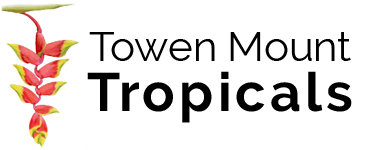Heliconias
are tropical and sub-tropical plants(herbs) of the order Zingiberales native to Central and South America,
the Caribbean and South Pacific Islands total over 500 species,hybrids and cultivars plants, depending on varieties range in heights from 60cm to 6 metres produce inflorescence bracts that are usually red, yellow or both but are sometimes pink or green in all combinations make exceptional cut flowers with long lasting characteristics are widely used in landscaping and are usually vigorous growers

